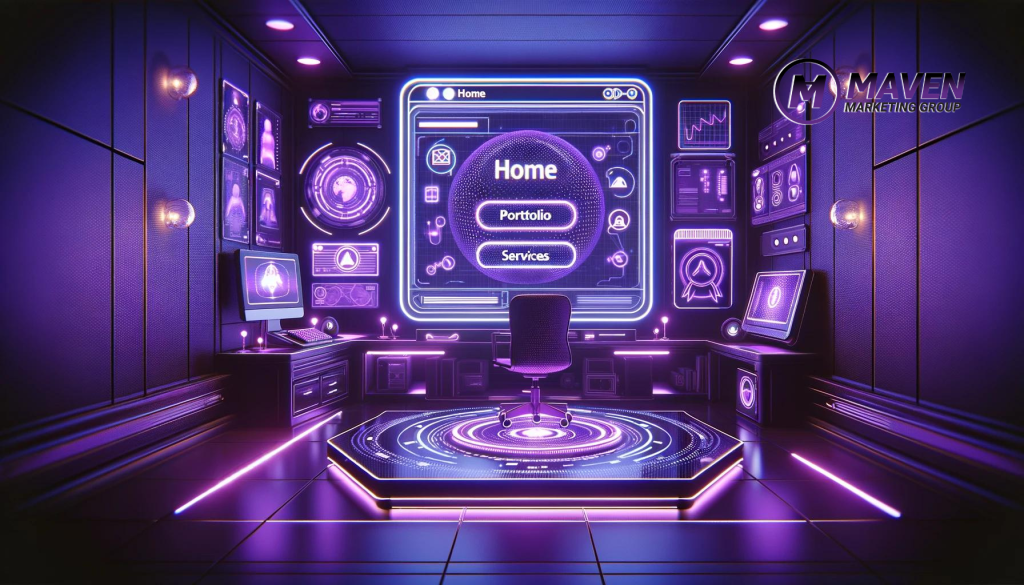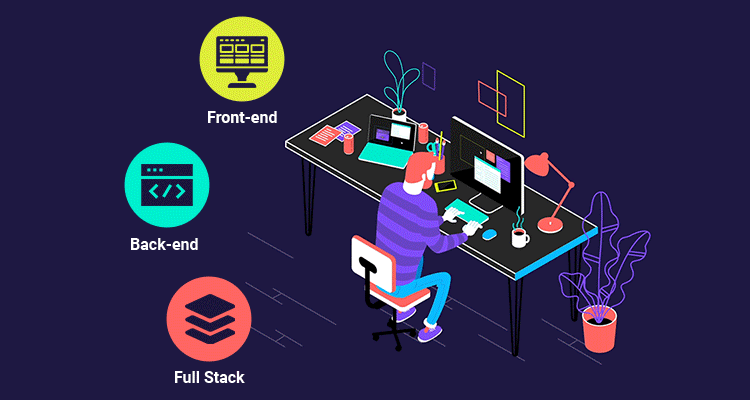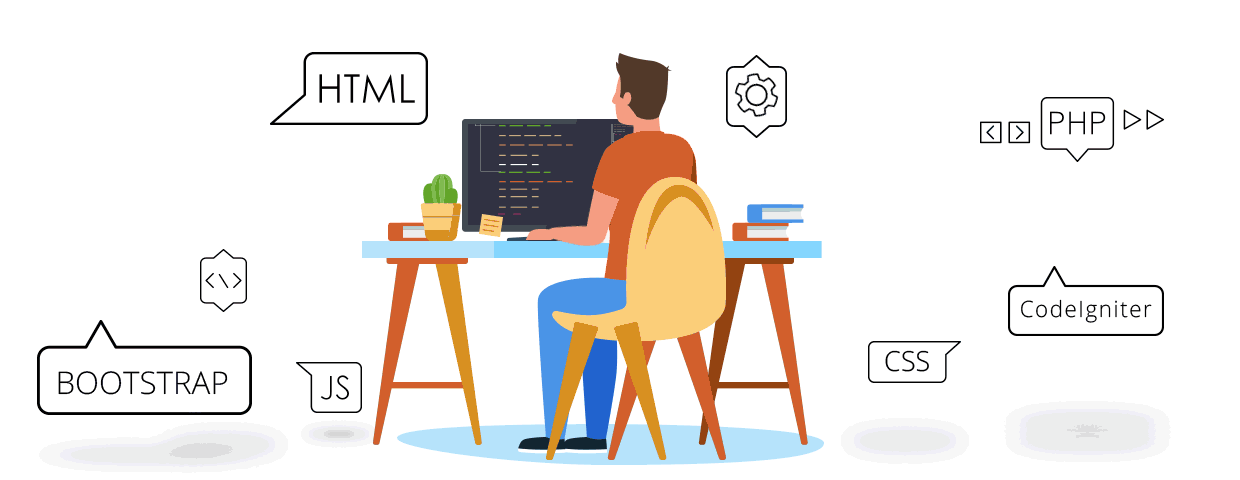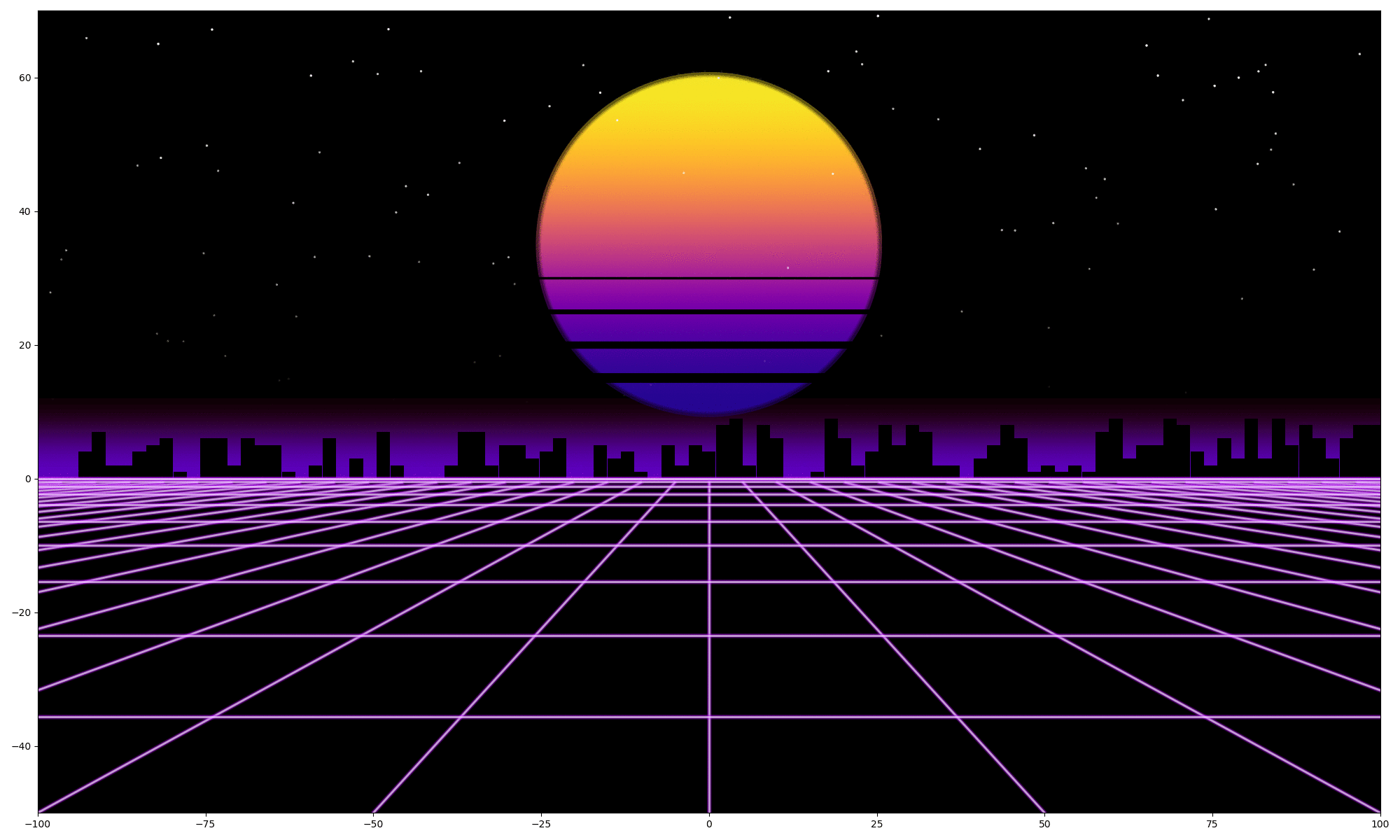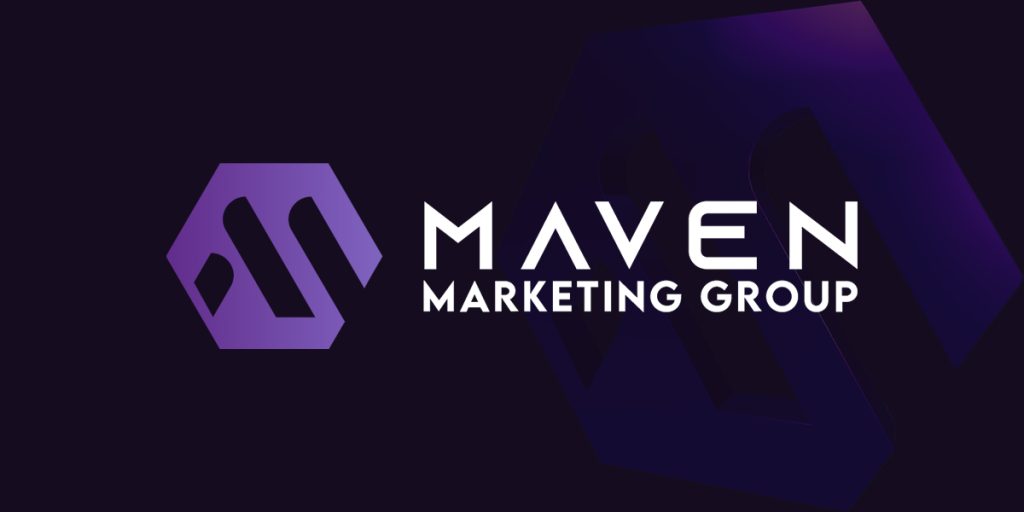
Web development, the engine behind the aesthetics of a website, can be categorized into three primary types: Front-end, Back-end, and Full-stack development.
Each of the three main types focuses on a different website creation and functionality aspect.
Understanding these categories can offer clarity for those venturing into the web development world or seeking to hire a developer for specific needs.
Front-End Development (Client-Side)

- What It Involves: This focuses on the visual elements of a website that a user interacts with directly.It involves implementing designs, layouts, and interactivity.
- Key Technologies: In web design, HTML, CSS, and JavaScript are the primary languages utilized by front-end web programmers.These full-stack developers often incorporate frameworks like React or Angular to enhance functionality.
Back-End Development (Server-Side)

- What It Involves: This is concerned with the ‘behind-the-scenes’ operations of coding, ensuring data is stored, retrieved, and processed correctly on the back end.It also involves working on the front end to ensure a seamless user experience.This encompasses the full stack of development.
- Key Technologies: Common languages and frameworks include PHP, Ruby on Rails, Python, and Node.js, along with database systems like MySQL or MongoDB.
Full-Stack Development

- What It Involves: Full-stack developers are jacks-of-all-trades, capable of handling both front-end and back-end development.
- Key Technologies: They are proficient in multiple languages and tools, from front-end technologies like HTML, CSS, and JavaScript to back-end systems and databases.
The three types of web development, full stack, front end, and back end, cater to different aspects of the website creation process.
Each type of coding requires different skills and focuses on different areas of code.
Whether focusing on the user interface, server operations, or both, understanding these specializations is pivotal for successful web development endeavors.

